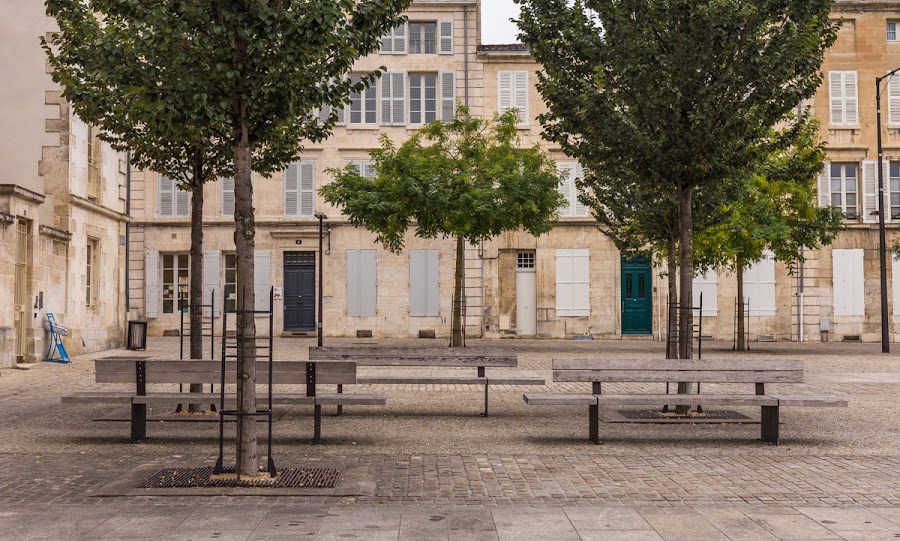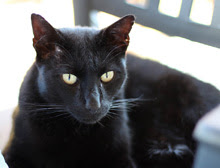The Atlantic coast of France is known, at least in France, for its
marais salants (salt ponds). As far as I know, these are not large commercial operations, but small artisinal businesses where salt is harvested the old-fashioned way, by hand. Perhaps the most famous salt product from the region is
fleur de sel, the fine top-most layer of salt crystals harvested from a pond, which is now marketed as a luxury product around the world. The most famous salt-producing area in the region is Guérande (north of where we were in October), and
sel de Guérande is quite sought-after in France.
Salt ponds outside of the town of Noirmoutier-en-l'Isle (in the background).
I really can't tell one batch of salt from another, so I'm not necessarily attracted to
sel de Guérande nor am I willing to pay the prices for
fleur de sel. But I do see stories and documentaries about artisinal salt production on television and can appreciate what goes into it and why it's important to support those who do it. There are, of course, much larger industrial salt operations on the Mediterranean coast of France, but not here.
A salt shack, where salt is for sale. At this one, we saw a small trail peppered (get it?) with interpretive signs that explain salt production. Obviously, a tourist stop.
So, naturally, when we drove by one of the local salt ponds on the island of Noirmoutier, I wanted to stop for photos. The stand was closed when we stopped (scheduled to open later in the afternoon), but that was better for photos. We saw the typical rectilinear evaporation ponds with their little piles of harvested salt drying in the sun. The salt is gathered by hand, using a long-handled wooden tool to scrape it from the evaporating basin into piles for drying.



















































